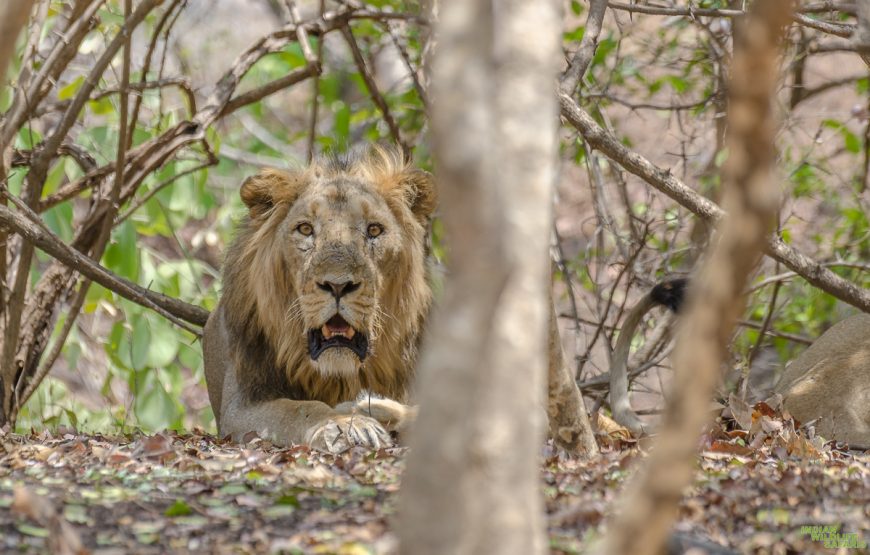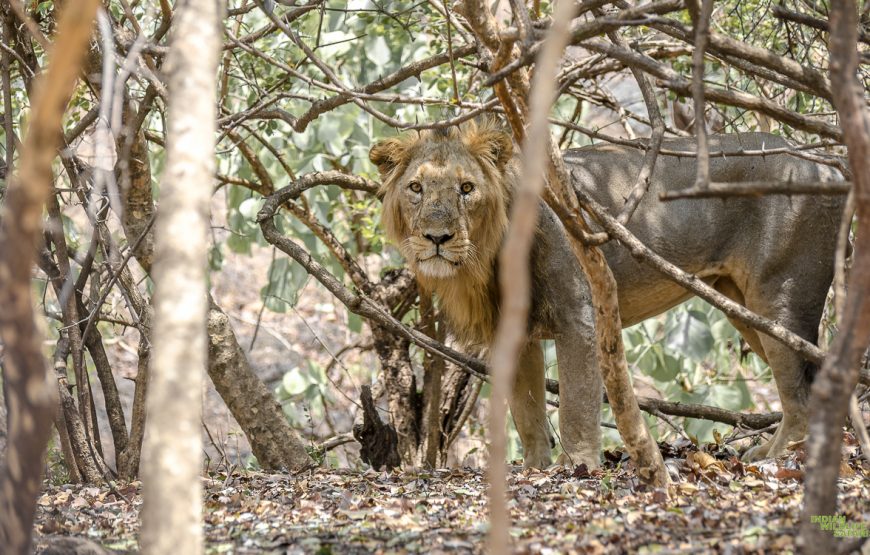from 0 review
4 Days / 3 Nights
Guided Safari Tour
Tiger


The Gir forest is the largest compact tract of dry deciduous forests in the semi-arid western part of India, and is the last abode of the big and regal predator, Asiatic lion (Panthera leo persica), an endangered animal species. The sanctuary is internationally acclaimed for successfully saving this precious species from the brink of extinction. It was declared as a sanctuary in 1965.
People mostly link Gir with “Maldharis” who have survived through the ages by having symbiotic relationship with the lion. They are religious pastoral communities living in Gir. Their settlements are called “nesses”. Unlike the other big cats, lion is tolerant of the presence of human being and it even lives near the human settlements. During the last century in British rule, lion population touched an all time low of 20 in 1913. The serious conservation efforts by the then Nawab of Junagadh saved the species from the brink of extinction. The subsequent efforts by the Forest Department has successfully brought the population to the present respectable status of 523 numbers of this majestic animal.